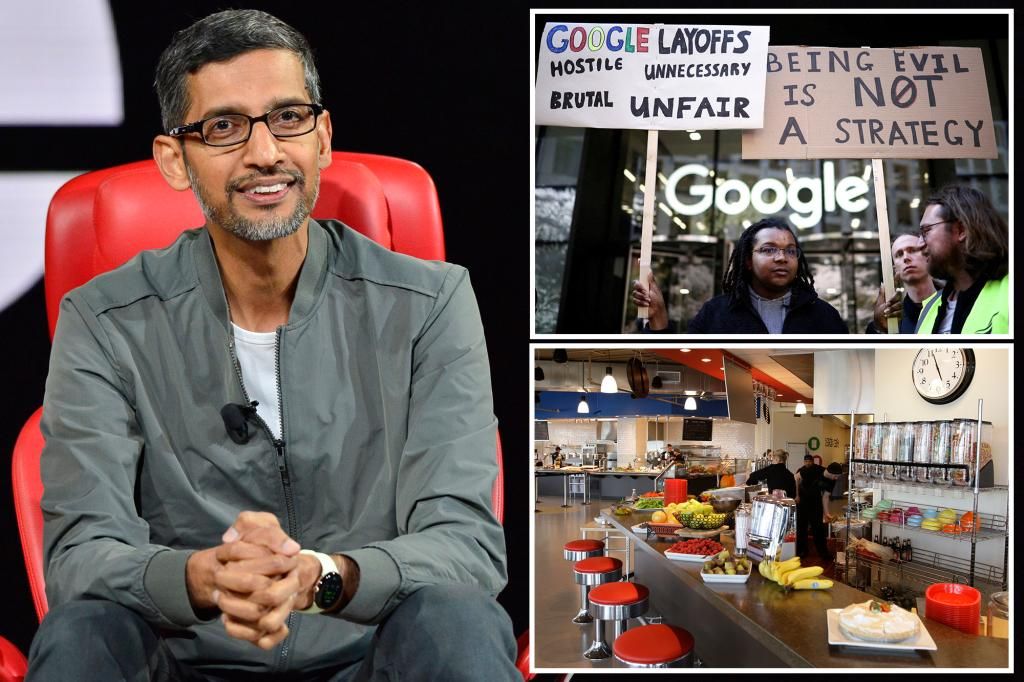It's a Vast, Vital Side of AI Hidden From the Public
Of all the stories about artificial intelligence that have emerged of late, a new one from Josh Dzieza in a collaboration for New York and the Verge is equal parts compelling and surprising. He explores a simple-sounding premise: In order for AI models to work, they need to be fed data—lots of data, almost unimaginable amounts of data. Enter the "annotators." Meaning, millions of people around the world working for generally low pay toiling away at monotonous tasks such as labeling photos of clothes, all so the AI models get ever smarter. Behind "even the most impressive AI system are people—huge numbers of people labeling data to train it and clarifying data when it gets confused," writes Dzieza. In what he calls a rising "global industry," they work for companies that sell this data to big players for a steep price, all of which fosters a culture of secrecy.
Annotators, in fact, are usually forbidden from talking about their work, though they typically are kept in the dark about the big picture anyway. (One big player is Scale AI, a data vendor in Silicon Valley.) "The result is that, with few exceptions, little is known about the information shaping these systems' behavior, and even less is known about the people doing the shaping." Dzieza interviewed two dozen annotators around the world, and he even worked as one himself to get the full picture. At one point in describing the entire human-machine feedback loop, he offers this mind-bending gem: "ChatGPT seems so human because it was trained by an AI that was mimicking humans who were rating an AI that was mimicking humans who were pretending to be a better version of an AI that was trained on human writing." (The full story is well worth a read.)
Source: Newser


